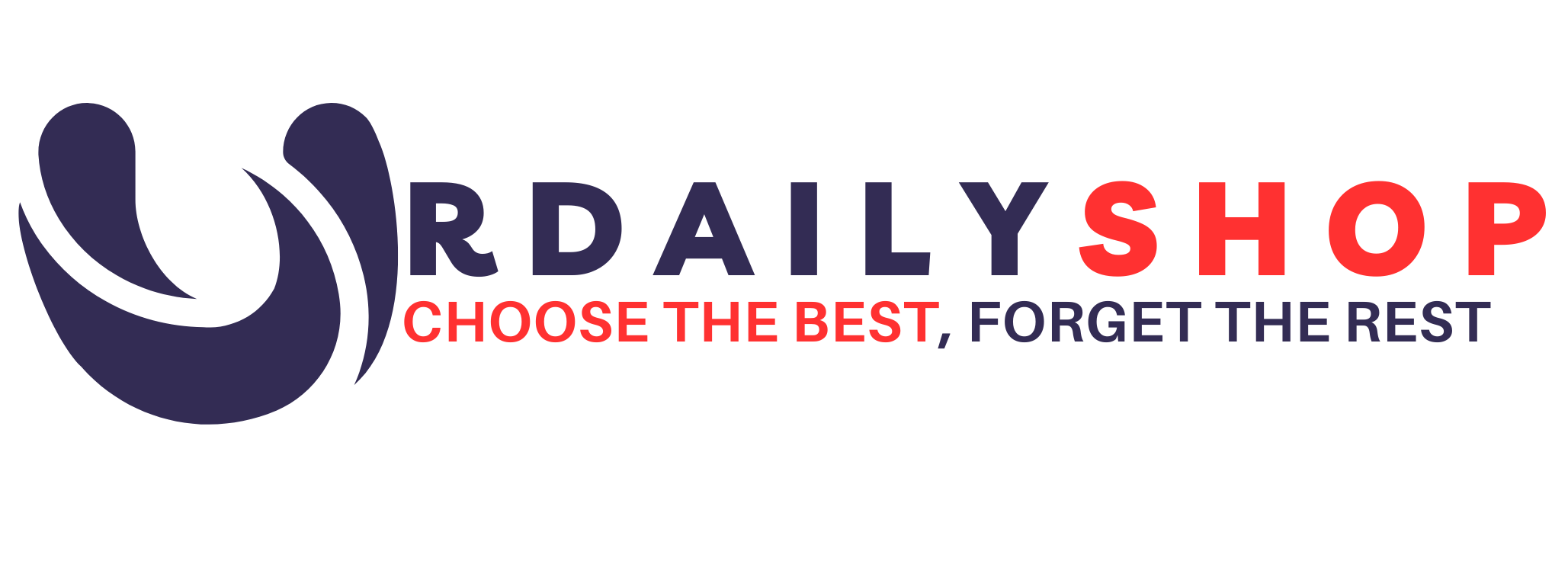
When a person seeks information about treatment for themselves or their loved one, the importance of connecting them to the appropriate level of care from the beginning cannot be overstated. In mental health, the term “level of care” refers to the range of psychiatric services available that vary in frequency, intensity and duration. It is often necessary to inform the caller that they have options because the levels of care that many callers use are outpatient and inpatient only. Understanding the range of services between the lowest and highest levels can make all the difference in the treatment process.
Inpatient Hospitalization
Inpatient units are for people who are actively suicidal or experiencing a psychiatric (i.e., psychotic or manic) episode that poses a risk to their safety or the safety of others. The main goals of inpatient treatment are safety and stabilization. For this reason, inpatient units are monitored 24 hours a day in a secure unit and are located in a hospital or treatment center. The typical hospital stay is short, ranging from 3 to 7 days on average, although some stays can be much longer depending on psychiatric and safety needs.
Residential treatment
Like inpatient facilities, residential programs are also well supervised, but are significantly less restrictive than inpatient programs. Critical differences from inpatient include program duration, setting, and treatment goals. Residential treatment is typically long-term, with the average length of stay ranging from 30 to 90 days or more, depending on the program. In residential treatment, patients participate in group therapy, individual therapy, and individualized psychiatric care in a community-like setting. In addition to working on personal treatment goals, residents learn the value of being part of a therapeutic community and improving interpersonal skills before returning to their home environment.
Partial Hospitalization Program (PHP)
After discharge from a residential program, it is often recommended to participate in a partial hospitalization program, which typically meets several days a week for 6 to 8 hours. For patients discharged from residential care, a PHP program is less intensive than a residential or inpatient program, but does not require an overnight stay in the hospital. Treatment interventions typically include individual and group therapy along with medication management.
Intensive Outpatient Therapy (IOP)
Intensive outpatient programs incorporate group and individual therapy for 3 hours per day and meet three to five days a week. IOP is a good option for those who would still benefit from a structured treatment program while still having the flexibility to work or attend school part-time and maintain daily routines. On average, the length of an intensive outpatient program ranges from eight to 12 weeks, but is variable and determined by individual needs.
Outpatient therapy
Outpatient therapy is considered the lowest level of care. It typically involves meeting with a therapist and psychiatrist for individual therapy and/or medication management weekly for 45 to 50 minutes in an office, clinic, or hospital. It is essential to understand that while traditional outpatient therapy is the level of care that most people are familiar with, sometimes a higher level of care is needed depending on the individual’s needs and level of functionality. Outpatient therapy may be intensified in frequency or duration of sessions, but is still a fundamentally lower level of care than IOP.
Collaboration between providers and patients
Determining the appropriate level of care at the beginning of treatment can save people who need it valuable time and resources. In my clinical experience, I have worked with many patients who are embarrassed by the lack of success of treatment, which they consider a failure when, in reality, they were not receiving the necessary level of care. Doctors sometimes confuse hospitalization with residential treatment and partial hospitalization programs with intensive outpatient programs. While there are similarities, it is essential to remember that what separates them is intensity, duration, treatment goals, and setting.
In addition to determining the appropriate level of care for a patient, it is also essential to continue evaluating throughout treatment to determine if a patient would benefit from a higher level of care or could benefit from additional outpatient services, such as group therapy or twelve-program. of steps. Communication is vital to helping patients feel safe and cared for on their path to recovery.
Questions:
- If a patient is currently in a residential program and is actively suicidal, what level of care would be most appropriate for this patient?
- What are the main differences between a PHP and an IOP?
- Why is it important to educate patients and their families about all levels of care?




.png)


